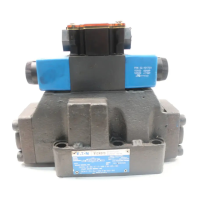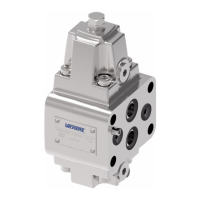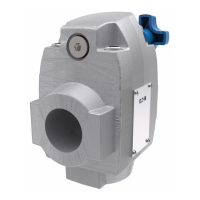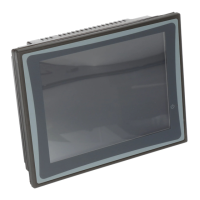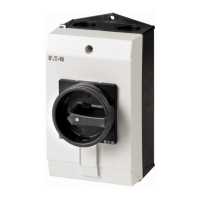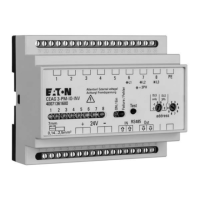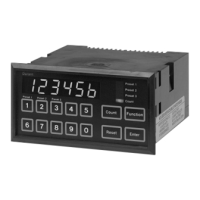6
Section II. - Description
A. General
Directional valves are devices used to change the flow
direction of fluid within a hydraulic circuit. A valve is
designed to control the direction of movement of a work
cylinder or the direction of rotation of a fluid motor.
B. Basic Four-Way Sliding Spool Directional Valve
Construction
Vickers valve bodies have a precision machined bore in
which a very close tolerance spool is suspended on a film of
hydraulic fluid. Spool lands and body cavities are designed
to divide the bore openings into separate chambers. Ports in
the body lead into these chambers so that spool position
determines which ports are open or closed. See Figure 1. Oil
flow is directed from one port to another within the body and
out of a port to the work
C. Two Stage Directional Valve Construction
Two stage directional valves are pilot pressure operated. A
two stage valve is constructed by combining a pilot valve
and a larger main stage valve into one assembly. A
DG4V-3(S) pilot valve is mounted on top of the main stage
valve. When a pilot valve solenoid is energized (activated),
the pilot spool moves and fluid is diverted to the mainstage;
thus controlling main stage spool movement. Figure 2
illustrates the basic construction of a two stage, pilot
operated directional valve.
Figure 1. Spool Type Four-Way Valve
Figure 2. Typical ‘DG5’ Type Solenoid Controlled,
Pilot Operated Valve
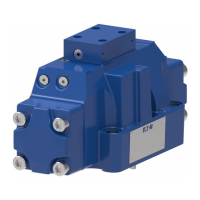
